1959 Jensen 541R GT coupe review


.jpg)
.jpg)
.jpg)
.jpg)
.jpg)
.jpg)
.jpg)
.jpg)
.jpg)
.jpg)
.jpg)
.jpg)
.jpg)
.jpg)
.jpg)
.jpg)


.jpg)
.jpg)
.jpg)
.jpg)
.jpg)
.jpg)
.jpg)
.jpg)
.jpg)
.jpg)

|
.jpg)
|
.jpg)
|
.jpg)
|
.jpg)
|
.jpg)
|
.jpg)
|
.jpg)
|
.jpg)
|

|
.jpg)
|
.jpg)
|
.jpg)
|
.jpg)
|
.jpg)
|
Hand-picked, sight unseen, from the UK, this rare sporty coupe cut an impressive shape on Aussie roads
From Unique Cars #307, Jan/Feb 2010
1959 Jensen 541R
What is it about low volume British cars of the 1950s that have so much appeal? Some of the specialist cars of this era were so impressive it’s hard to imagine why they didn’t survive to the present day.
Take Tony Winch’s rare ’59 Jensen 541R GT coupe, for example. While the fate of the innovative low-volume manufacturer was finally laid to rest in May 1976, it’s easy to understand why, in a resurgent post-war Britain, this powerful sporty two-door, four-seat grand tourer caused so much interest.
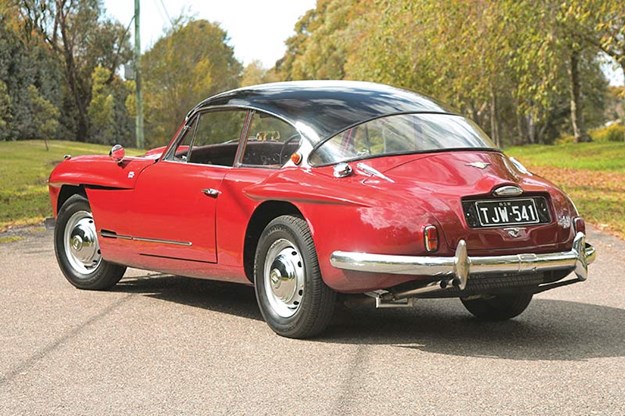
First shown in prototype form at the 1953 London Motor Show, the production version arrived a year later, to rave reviews. Clocking a top speed of over 200km/h, The Autocar pronounced it was the fastest four-seater it had tested to that date. What set the Jensen 541 apart was its power-to-weight ratio – whilst the prototype featured an alloy body, the Jensen brothers adopted a fibreglass body for production. It was a first for a car maker, keeping weight down to 1470kg, while under the bonnet was the gutsy and low-revving, overhead-valve 4.0-litre straight-six from the Austin Sheerline.
Easy on the eye
Jensen designer Eric Neale was responsible for the attractive, low-line body; the rear characterised by a large wrap-around curved window, which would become a trademark for Jensen cars well into the ’70s.

Swoopy 541R had low-drag body for its time. Curved rear ’screen would become Jensen trademark
The body is characterised by smart horizontal mouldings over the front and rear wheel arches, while the grille opening has an air intake shutter which can be manually opened should spirited driving in hot conditions raise the engine temperature. The new lightweight body also cut the air very cleanly for a four-seater with an impressive Cd figure for the time of just 0.39.
The chassis consists of 127mm square tubes cross-braced with a series of steel pressings and crossmembers, and features independent front suspension sourced from the Austin A70 and a rather conventional live rear axle hung on half-elliptic springs.
By October 1956, the innovative Jensen brothers had introduced a 541 Deluxe version, which would create another industry first by adopting the new four-wheel servo-assisted Dunlop disc brakes.
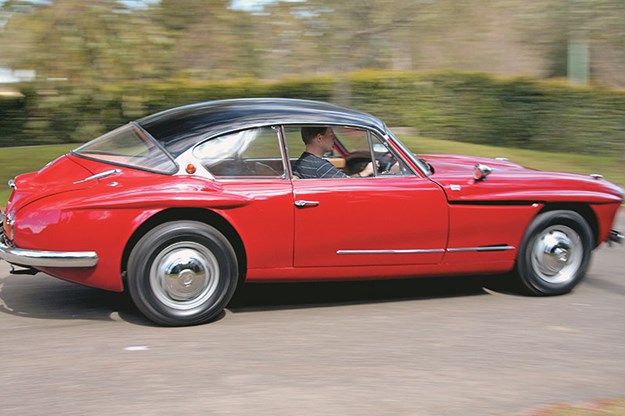
Sleek, lightweight 541R could hit 100km/h in under 11 seconds and still feels like a new car 50 years after it was made
The 541R, which arrived a year later, further adopted rack and pinion steering in lieu of the previous cam and roller setup. The chassis was also stiffened forward of the bulkhead and Armstrong piston-type dampers replaced the telescopic units. With a price tag of £2866 the 541R Sports GT was far from inexpensive, given the average UK house price at the time was £2300!
British diet
Tony Winch’s ’59 model, despite constant use over 50 years, is well preserved and it’s obvious the car’s original quality and body integrity has stood the test of time. Tony remembers growing up with British cars.
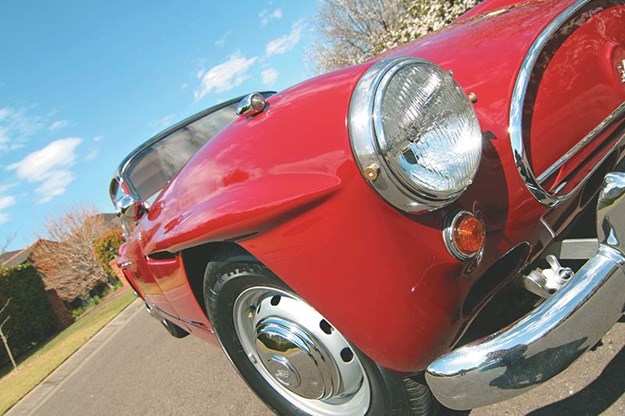
"My Dad was always tinkering with Austins, Morrises and Minis," he recalls. "After university, establishing a family and setting up my business I wanted a collector car the whole family could enjoy. Bristols and, more particularly, Jensens had always appealed."
The successful Sydney IT consultant was convinced that the four-seat Jensen 541 was the way to go and spent a couple of years trying to find one. Having searched locally without success he was alerted to one expected to come onto the market by the Registrar of the British Club.
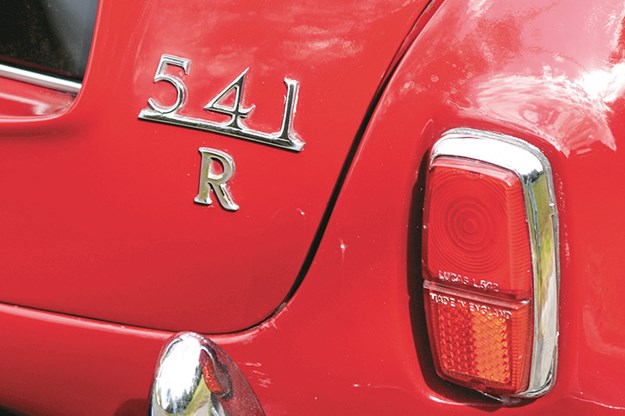
‘R’ denotes model with rack and pinion steering
Owned by an enthusiast for around 27 years, the car was subsequently advertised within the club and with strong local interest Tony was forced to act quickly. "I literally bought the car sight unseen but was assured it was a good one. When it arrived I couldn’t believe my luck. As you see it today, I haven’t had to do much to it."
Visually, the only departure from its appearance in 1959 is the sensible fitment of seat belts and radial-ply tyres. It was the 541S model that replaced the 541R in 1961 that introduced the standard fitment of seat belts.
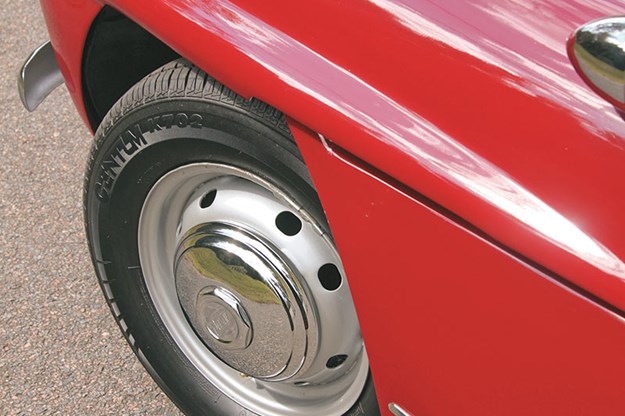
Let’s start ’er up!
Having driven an Austin A95 on a number of occasions in the 1960s, I was well aware of the torquey nature of its 113kW ‘six’. Shoe-horned into the Jensen it had to be a winner.
Access to the driver’s seat is relatively easy despite the low roofline and you immediately notice the Jensen’s links to the Austin with door hardware and instrumentation sourced from that company.
By 1959 Jensen, as body builders for the Austin Healey, had developed a strong association with the Austin Motor Company. Access to these minor components was obviously helpful in keeping the 541’s price reasonable.
| Watch next: 1973 Jensen Healey - video

Shut the door and you quickly realise the use of robust glass-fibre in the body had benefits long term. Comfort wise, sufficient fore/aft movement on the front seat helps accommodate larger frames but rear seat space becomes increasingly limited. Tony’s car is fitted with the DS5 Austin engine featuring three SU carburetors fed by an easily accessible electric fuel pump mounted beside the radiator. A small priming pump located between the two forward SUs ensures an instant start and the engine quickly jumps to attention.
I select first gear and discover a nicely weighted and positive clutch. The gear shift is long in a narrow H-gate while the syncro action is slow by modern standards but positive. The speed of the shift, however, is irrelevant due to the lusty torque of the engine. In fact, it will happily pull away from very low speeds in top gear.
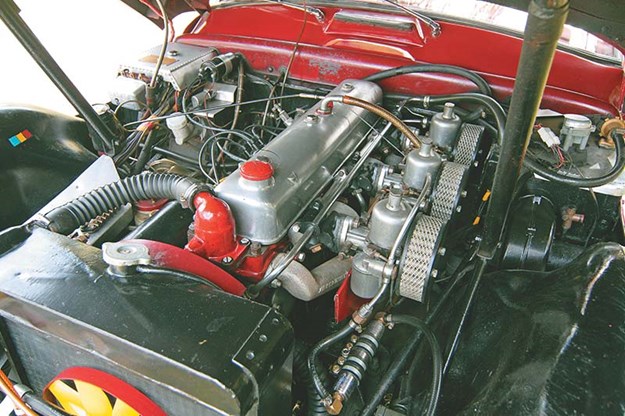
Torquey 4.0-litre Austin six
Jensen coupled the standard four-speed Moss ’box with a Laycock de Normanville overdrive a la Austin Healey. A toggle switch on the dashboard is relatively easy to use but requires some practice with timing to get the smoothest transition.
At 80km/h in normal top, the engine is happily spinning at 2500 revs but with the overdrive engaged it drops down to a more relaxed 2000rpm. Under acceleration, the 541R takes just under 11 seconds to get to 100km/h.
But the biggest surprise is how modern the Jensen feels in its on-road behaviour. Unlike many other cars from the ’50s, the chassis feels controlled and composed and not at all wishy-washy over major undulations in the road.
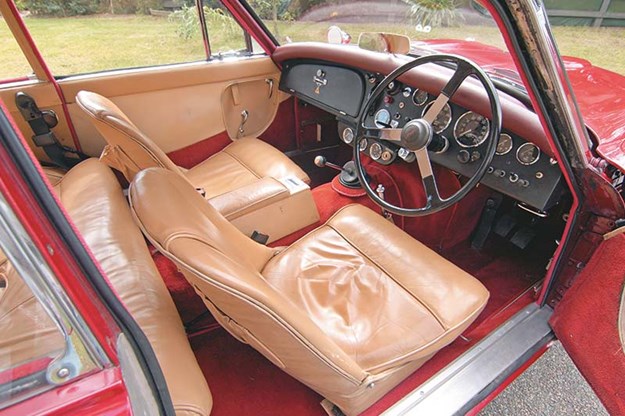
Jensen cost more than average UK house in 1959, but you got a sumptuous interior and sporty instrumentation
Jensen was recognised for its fleet-footed chassis design and with near perfect weight balance (53 percent front, 47 rear) it feels assured at speed with well weighted steering, and a comfortable 2¾ turns lock-to-lock.
Amazingly, and considering it’s never been restored, the 50-year-old fibreglass body is free of creaks or rattles. Its patina is also very appealing. Perhaps the only give-away to the current day is its radial tyres, which obviously enhance ride and handling.
Like the demise of so many small specialist British car makers, the closure of Jensen in 1976 was a sad day for the enthusiast motorist, but luckily we can be reminded of this special era by fine examples like Tony’s car.
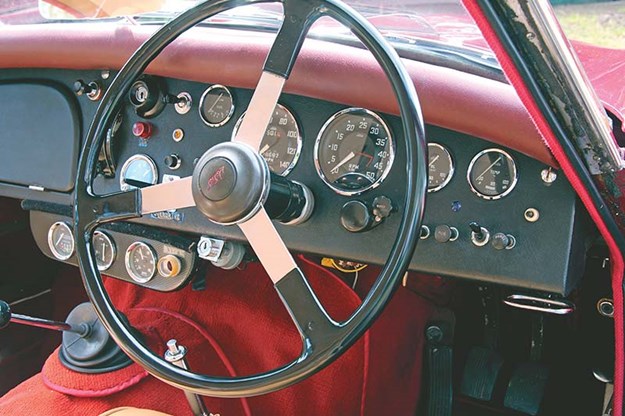
Rare beauty
As a collectable, Tony Winch’s car is quite rare. Jenson built 193 manual-only 541Rs between 1957 and 1960, replaced by the four-inch wider 541S in 1961, which was available with a Rolls-Royce automatic gearbox.
Only two 541R Jensens are known to exist in Australia, both in Sydney, while two 541 Deluxe models remain, with another two standard 541s under restoration and three known to exist in pieces.
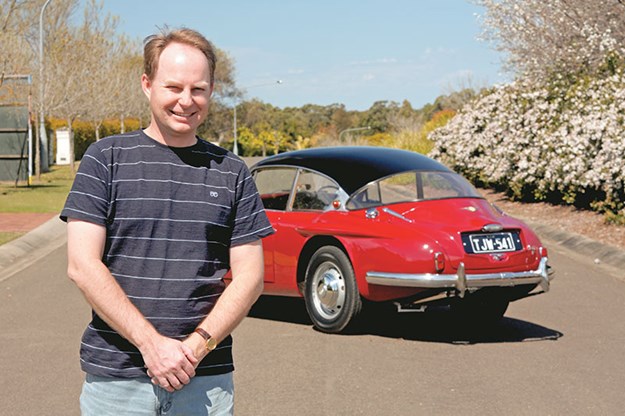
1959 Jensen 541R
Body: two-door coupe, fibreglass
Weight: 1470kg
Engine: 4.0-litre, six-cylinder
Power/torque: 113kW/308Nm
Performance: 0-100km/h – 10.8 secs
Unique Cars magazine Value Guides
Sell your car for free right here
Get your monthly fix of news, reviews and stories on the greatest cars and minds in the automotive world.
Subscribe

.jpg)











